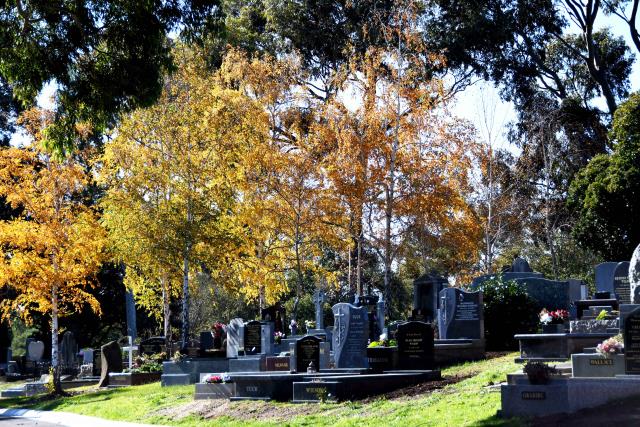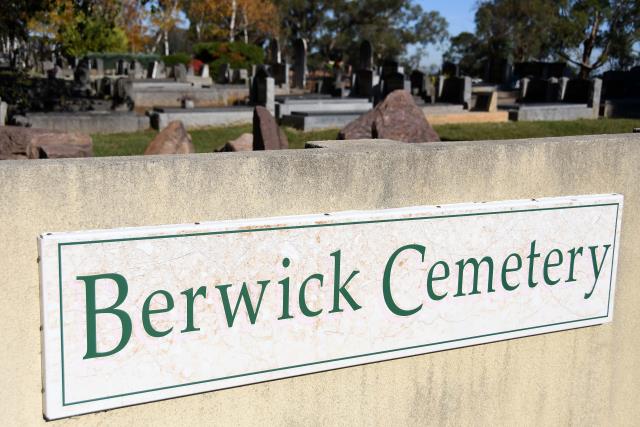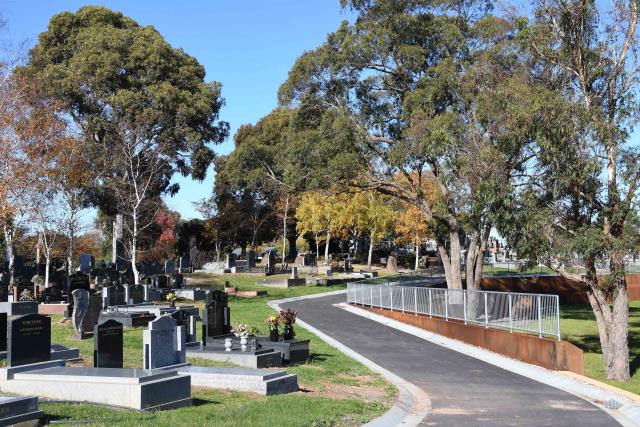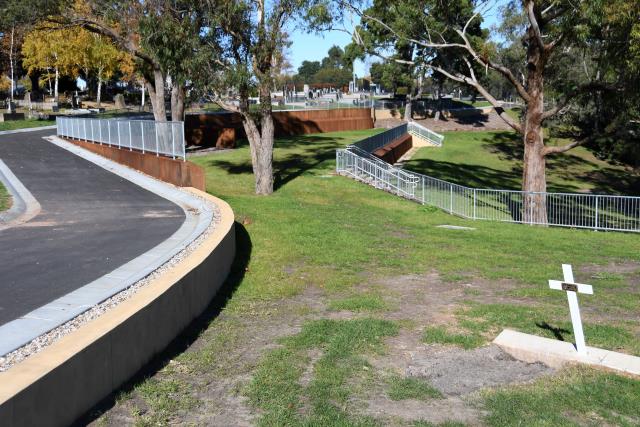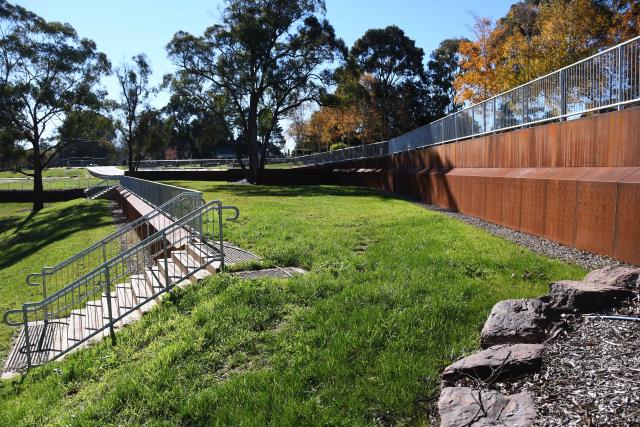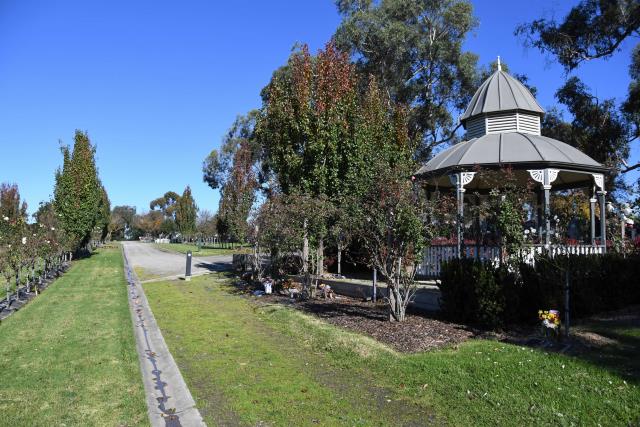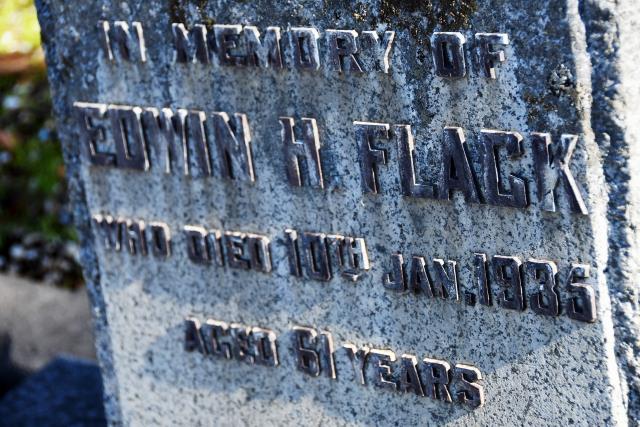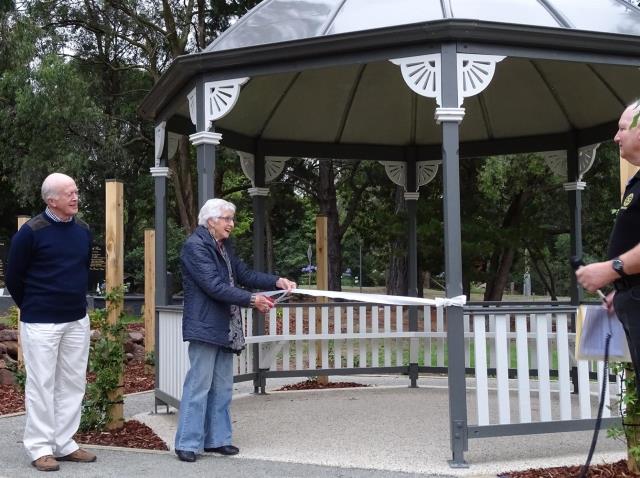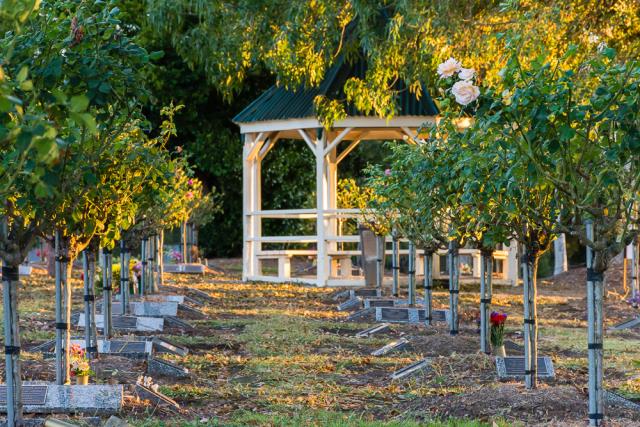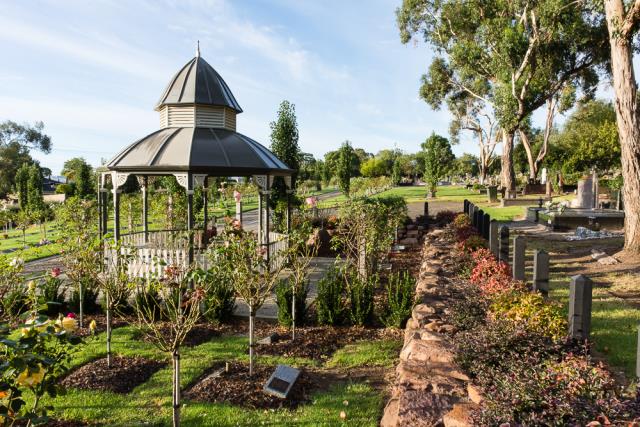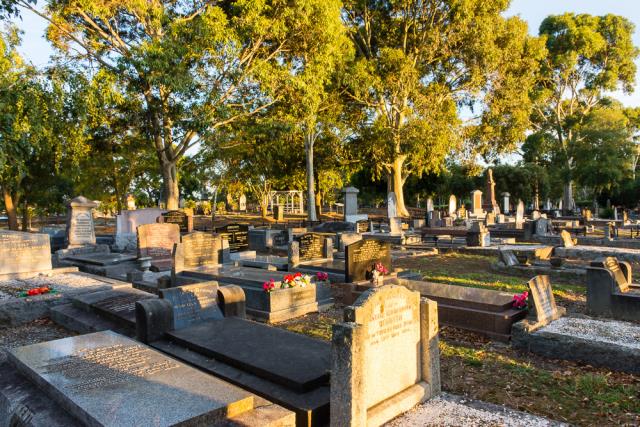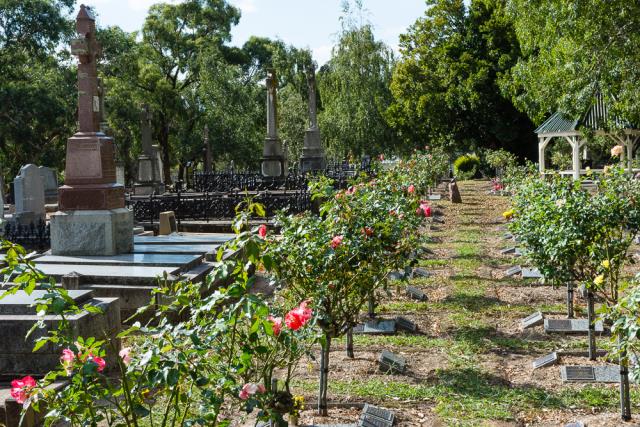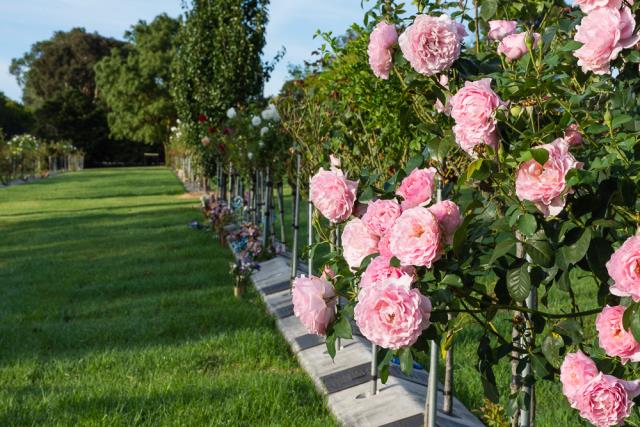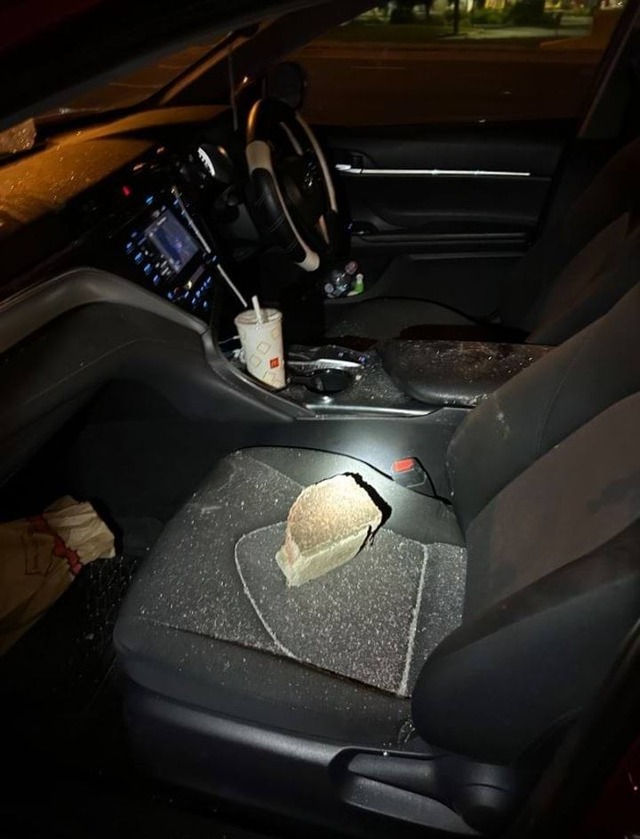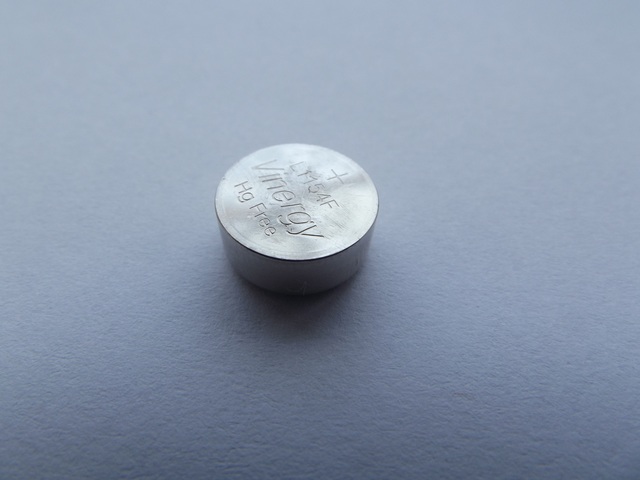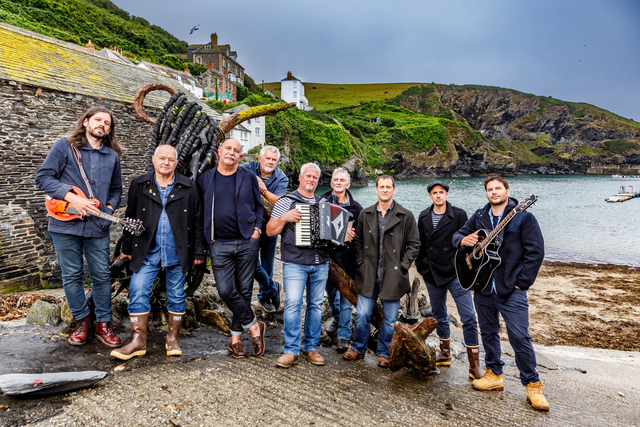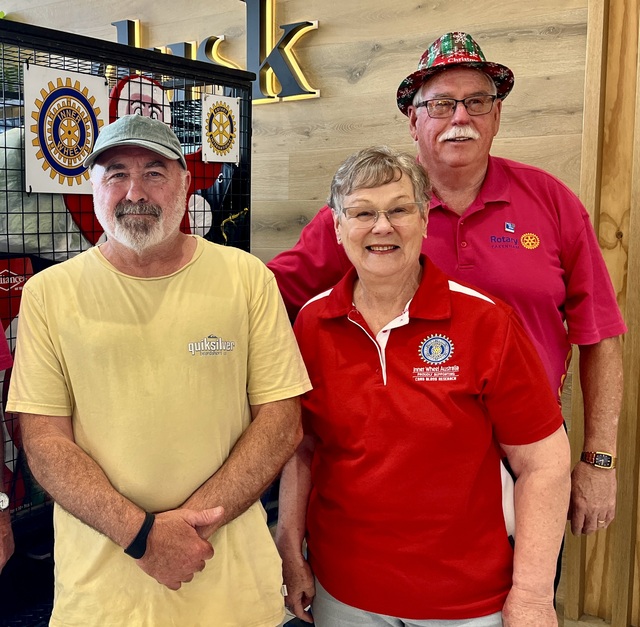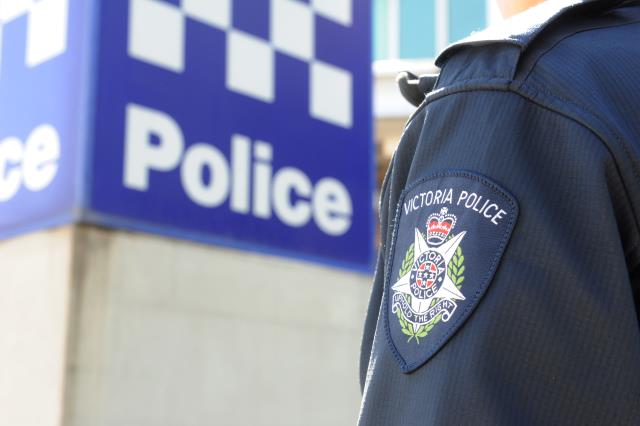Cemeteries can provide a fascinating glimpse into the past and the picturesque resting place on Inglis Road in Berwick is no exception, as NEIL LUCAS discovers in his latest look at the significance of place and street names in the region.
Berwick Cemetery, Inglis Road, Berwick
The establishment of a new township in the colony in the 1840s necessitated the establishment of facilities to support the developing community.
At Berwick, the need for a cemetery was accepted by government authorities, and finally in 1858 a parcel of eight acres (three hectares) was selected for such a purpose. The site chosen, on the corner of Inglis and Buchanan Roads was subsequently formally set aside for a cemetery in the Government Parish Plan for the town.
It seems however that those recommending the site, as well as the government surveyors did not give sufficient consideration to the topography of the site, or maybe they thought only the relatively flat eastern portion of the site would ever be utilised.
Indeed, 160 years later, the developed eastern portion was almost fully used and the cost of developing the remainder of the cemetery land proved very expensive.
In July 1860 the government appointed local identities as the first trustees of the cemetery – John Brisbane, Abram Gardiner, James Feehan and Adam Ritchie. The trustees were responsible for the laying out and upkeep of the cemetery, overseeing burials, and maintaining cemetery records.
The first burials at the Berwick Cemetery were conducted in the early 1860s. Prior to that time most burials of those deceased in the district had been undertaken at the Dandenong Cemetery.
The Berwick Township was a quite small town in the 1860s and was surrounded by farming properties, mainly dairying.
The number of burials in the early years of the cemetery was few and records kept were not extensive.
The earliest graves at Berwick include that of George Moore, a 60 year-old labourer who died in 1867, and children from the pioneer Brisbane, Buchanan and Wilson families who died in 1868.
Sadly, quite a number of the early burials at Berwick were of young children, medical science and practice not having developed to today’s standards.
A burial in 1879 is of particular interest. Elizabeth McMullen died at the age of 19 years from typhoid fever. Elizabeth was born at Bumbang Station on the Murray River near Robinvale in 1860 where her father Patrick, an Irish immigrant, worked as a carpenter. Her parents Patrick and Alice McMullen produced nine children, one of whom, Patrick, lived to the age of 95 years.
In 1864 the McMullens moved to Berwick where they farmed on land fronting the south side of Inglis Road between Buchanan Road and the Cardinia Creek.
Patrick constructed a house named Quorn Cottage in which the family lived for more than 20 years. Alas, in the 1890’s the house was destroyed by fire and a completely new house had to be constructed – this house remains today at 26 Inglis Road. (Later in the 1890’s, the McMullens moved to a property which they had acquired at Officer – McMullen Road is named after this family).
Elizabeth’s death from typhoid, and the fear of this disease, caused the trustees to determine that she should be buried away from the developed section of the cemetery, and accordingly, the burial was conducted down the slope on the western side of the cemetery.
The grave was surrounded by hand-made bricks and Elizabeth’s father made a wooden “headstone” on which he carved – “IHS To the Memory of Elizabeth McMullen the beloved daughter of Patrick McMullen who departed this life June the 13th AD 1880 eged 18 years. Requiesat in Pace. Amen” (IHS is a monogram or symbol for the name Jesus – a contraction of the Greek word for Jesus, which in Greek is spelled IHΣΟΥΣ).
In addition to the obvious spelling errors, the year of Elizabeth’s death appears to be incorrect as her death certificate is dated 1879. There is no further explanation for this. The wooden “headstone” is now held by the Berwick/Pakenham Historical Society for preservation.
The trustees had determined that the cemetery should be divided into sections allocated to particular religious denominations. Accordingly, “compartments” were named Methodist, Roman Catholic, Church of England, Presbyterian and Baptist and Independent. Cast iron markers were erected indicating the location of each compartment.
As the cemetery grounds were only partly developed until very recently, the trustees over the years have arranged for the western area to be grazed with a view to keeping the area “tidy”.
In 1881 the trustees also approved grazing in the developed eastern area, much to the annoyance of a local resident who wrote to the local paper – “It is a pity the trustees of the Berwick Cemetery do not look after its interest better than they do. Every night or nearly so there are two cows and a horse put in to graze and trample over unfenced graves. It is not a very nice thing for any person having a relative in the cemetery, after having the grave nicely decorated, to find that some cattle have been trampling over and destroyed all the flowers, which is frequently the case in the Berwick cemetery”.
Many well-known residents of Berwick have been buried in the cemetery including Australia’s first Olympic Medallist Edwin Flack who owned a dairy farm across the road from the cemetery in Inglis Road.
There are two rotundas located in the Berwick Cemetery named after former trustees – Frank Tuck and Allan Funston.
Frank Tuck was the chairman of the Trust for 50 years and Allan Funston served as the secretary of the Trust from 1951 to 1987.
The Rotary Club of Berwick funded the materials for the Allan Funston Rotunda which was constructed under the management and guidance of former Trust manager Trevor Thompson and trust members. Other long serving Trust members were Ellis Loveridge and recently retired Don Moyes who served for 38 years.
In 2014, the Berwick Cemetery Trust was expanded to take on responsibility for the Harkaway Cemetery and was renamed as the Berwick and Harkaway Cemeteries Trust.
The shortage of lawn grave sites at the cemetery saw the trustees take on the development of the western area which had been unused for 160 years other than for the burial of Elizabeth McMullen in 1879.
The slope of the land resulted in the necessity of constructing retaining walls across the slope. The total cost of the project completed in December 2020 was in the order of $2 million. The new area will provide space for the interment of more than 3000 ashes and between 250 and 300 lawn graves.
Originally all burials were undertaken in the compartmentalised “old” memorial section of the cemetery. In more recent time lawn graves and deposition of ashes have been more preferred. The current statistics indicate that burials represent 55 per cent of cemetery usage and deposition of ashes 45 per cent.

